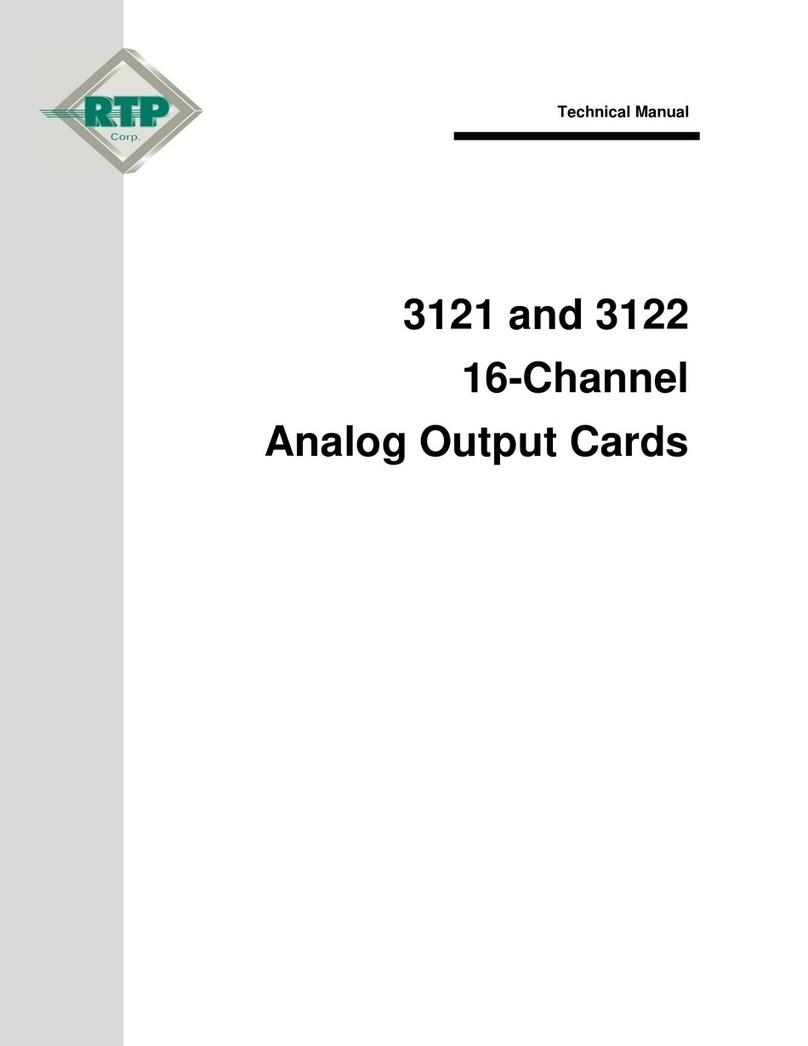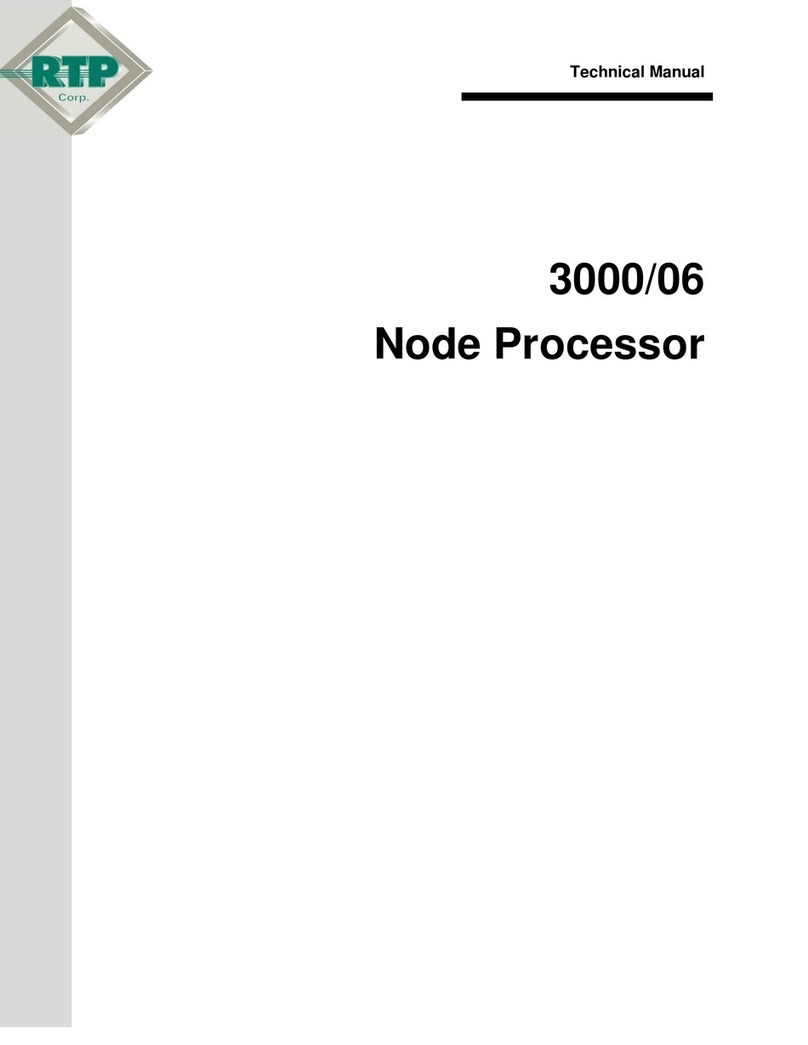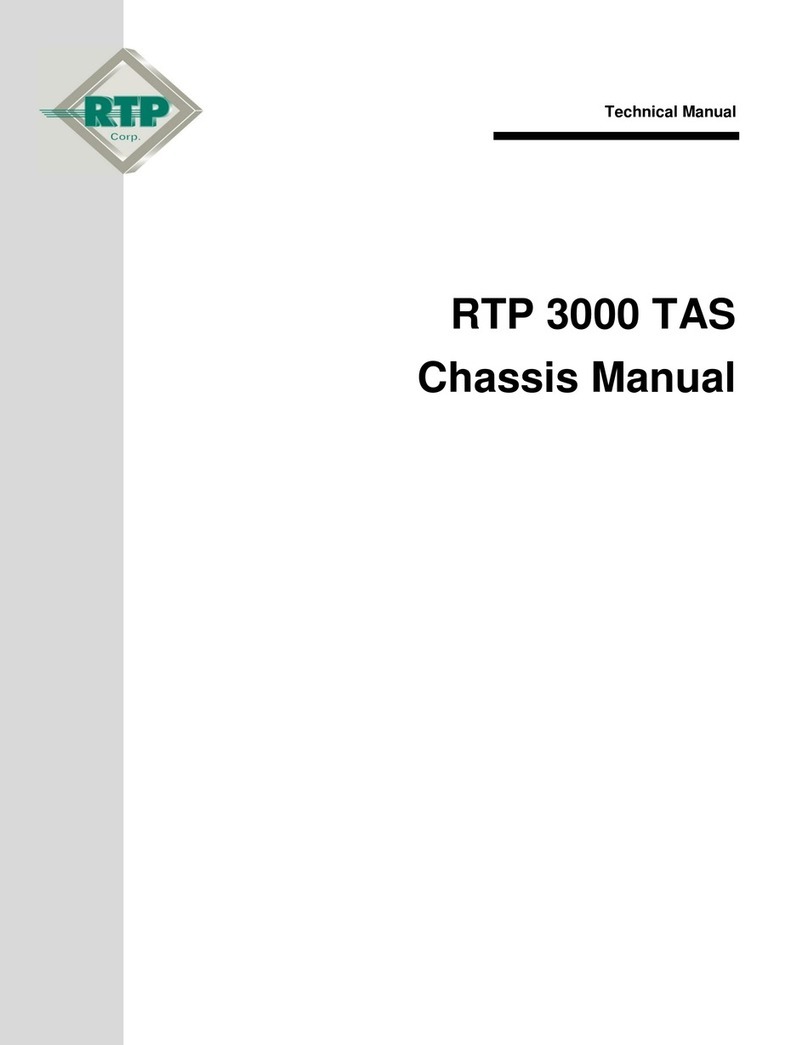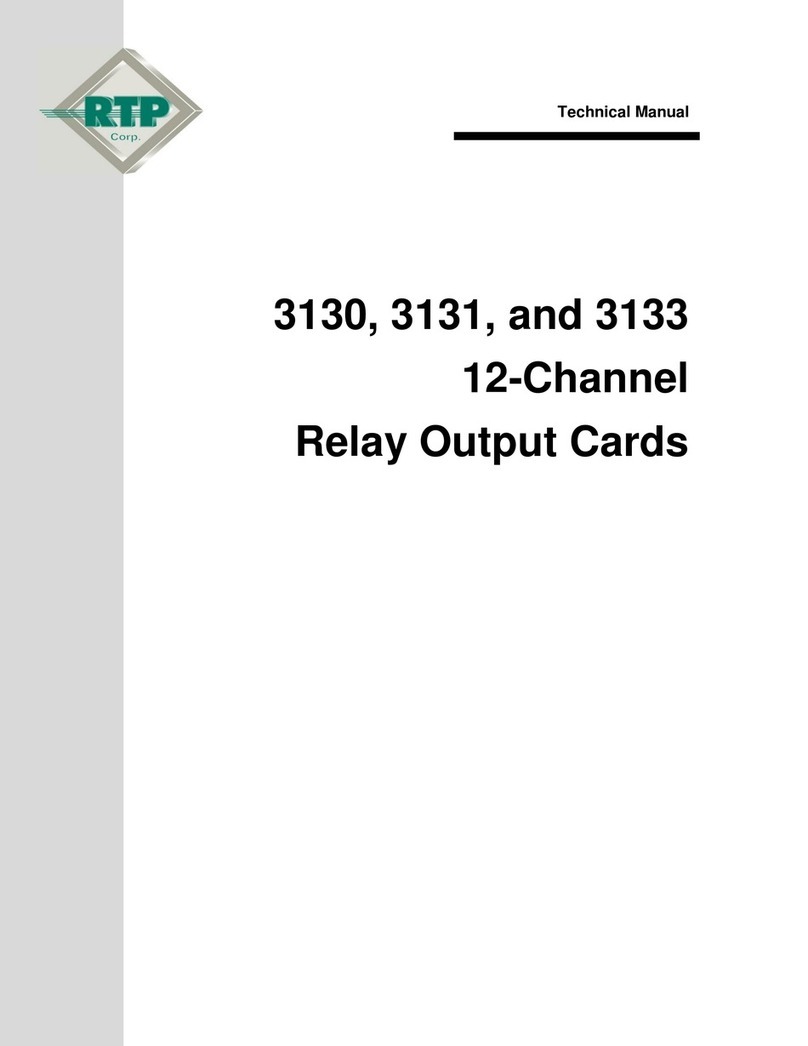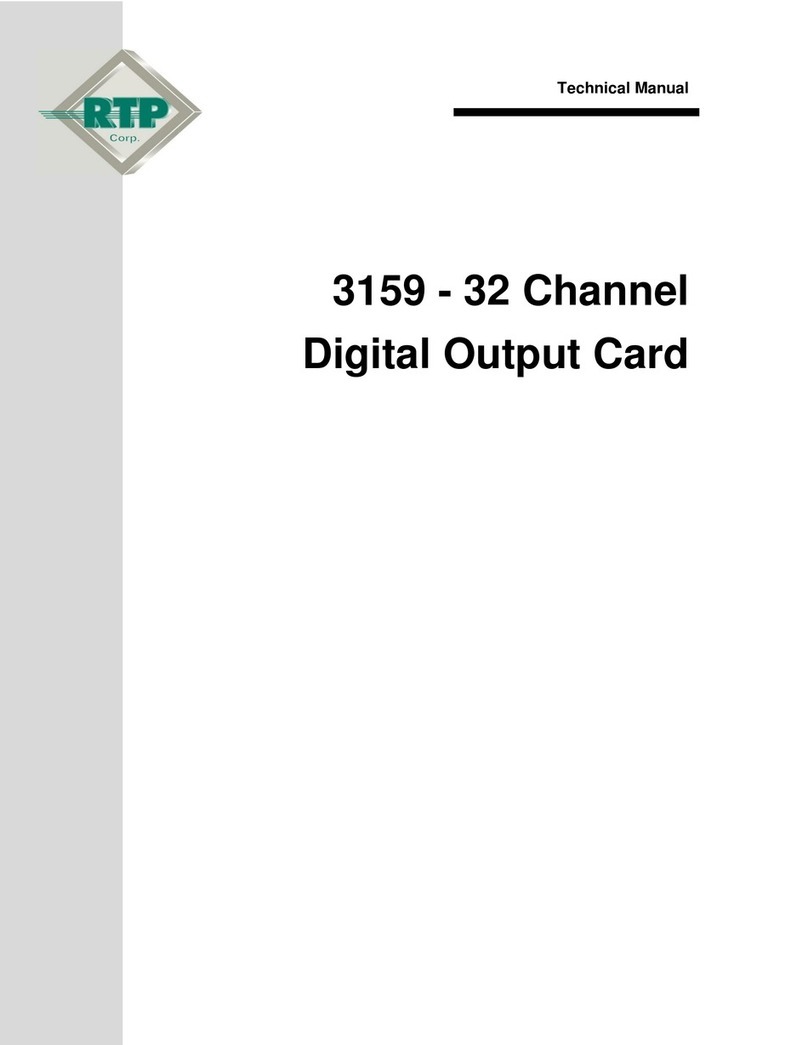
3
TABLE OF CONTENTS
INTRODUCTION........................................................................................4
SPECIFICATIONS.....................................................................................5
FAILURE RATES IN ACCORDANCE TO IEC 61508 ...............................8
CABLING .........................................................................................9
REDUNDANT I/O CARDS PLACEMENT................................................15
3000 Series System with I/O Cards..............................................................15
3100 Series System with I/O Cards..............................................................15
3200 Series System with I/O Cards..............................................................15
SOFTWARE CONFIGURATION .............................................................15
PLD Upgrade...............................................................................................15
NetArrays Configuration...............................................................................17
Float Cal High Input ...............................................................................18
Float Cal Low Input................................................................................18
Float Board Temp ..................................................................................18
Integer Card Revision.............................................................................18
Integer Cal Date.....................................................................................18
Integer Cal Serial Number......................................................................18
Integer Error Detection...........................................................................18
Integer Channel Error Status..................................................................19
Channel .................................................................................................20
I/O Tag...................................................................................................20
Filter.......................................................................................................20
Threshold...............................................................................................20
SOE Low................................................................................................20
SOE High...............................................................................................21
Guard Band Low....................................................................................21
Guard Band High ...................................................................................21
Comment...............................................................................................21
COMPLIANCE WITH CE MARK .............................................................22
ENVIRONMENTAL CONDITIONS ..........................................................24
REFERENCED COMPANIES..................................................................25
DEFINITIONS .......................................................................................25







